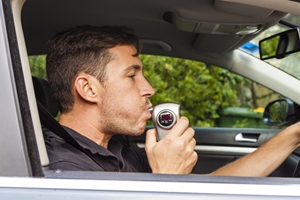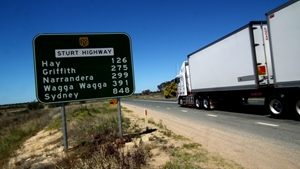 Over the past few years, NSW authorities have had a major focus on drink driving. However, a new threat has emerged that will need serious attention in the years ahead – drug driving.
Over the past few years, NSW authorities have had a major focus on drink driving. However, a new threat has emerged that will need serious attention in the years ahead – drug driving.
It is important to remember that your CTP insurance will cover you if you were in an incident with a drug driver, but the circumstances are less clear if you are the party in the wrong.
Drug driving involves motorists driving after taking one of the following substances: cannabis, methamphetamine, ecstasy, cocaine or an overdose of individual prescription medicines. However, many drivers have a combination of two or more in their system.
Authorities are encountering more drivers who are under the influence and are a danger to other road users.
Read More
 NSW has the most effective random breath testing program in Australia.
NSW has the most effective random breath testing program in Australia. NSW drivers have saved approximately $70 million through half price licence renewals over the past two-and-a-half years, according to the latest report from Transport for NSW.
NSW drivers have saved approximately $70 million through half price licence renewals over the past two-and-a-half years, according to the latest report from Transport for NSW. The New South Wales Government has just had its 20,000th young learner driver sign up for the Safer Drivers Course, meaning good news for all those on state roads.
The New South Wales Government has just had its 20,000th young learner driver sign up for the Safer Drivers Course, meaning good news for all those on state roads. According to Transport for NSW, drink driving is a factor in around 20 per cent of all fatal accidents in the state, but a recent campaign has highlighted the improving attitudes of motorists.
According to Transport for NSW, drink driving is a factor in around 20 per cent of all fatal accidents in the state, but a recent campaign has highlighted the improving attitudes of motorists. There is no doubt that the freight industry is one of the most important sectors for NSW.
There is no doubt that the freight industry is one of the most important sectors for NSW. Over the past few years, NSW authorities have had a major focus on drink driving. However, a new threat has emerged that will need serious attention in the years ahead – drug driving.
Over the past few years, NSW authorities have had a major focus on drink driving. However, a new threat has emerged that will need serious attention in the years ahead – drug driving.